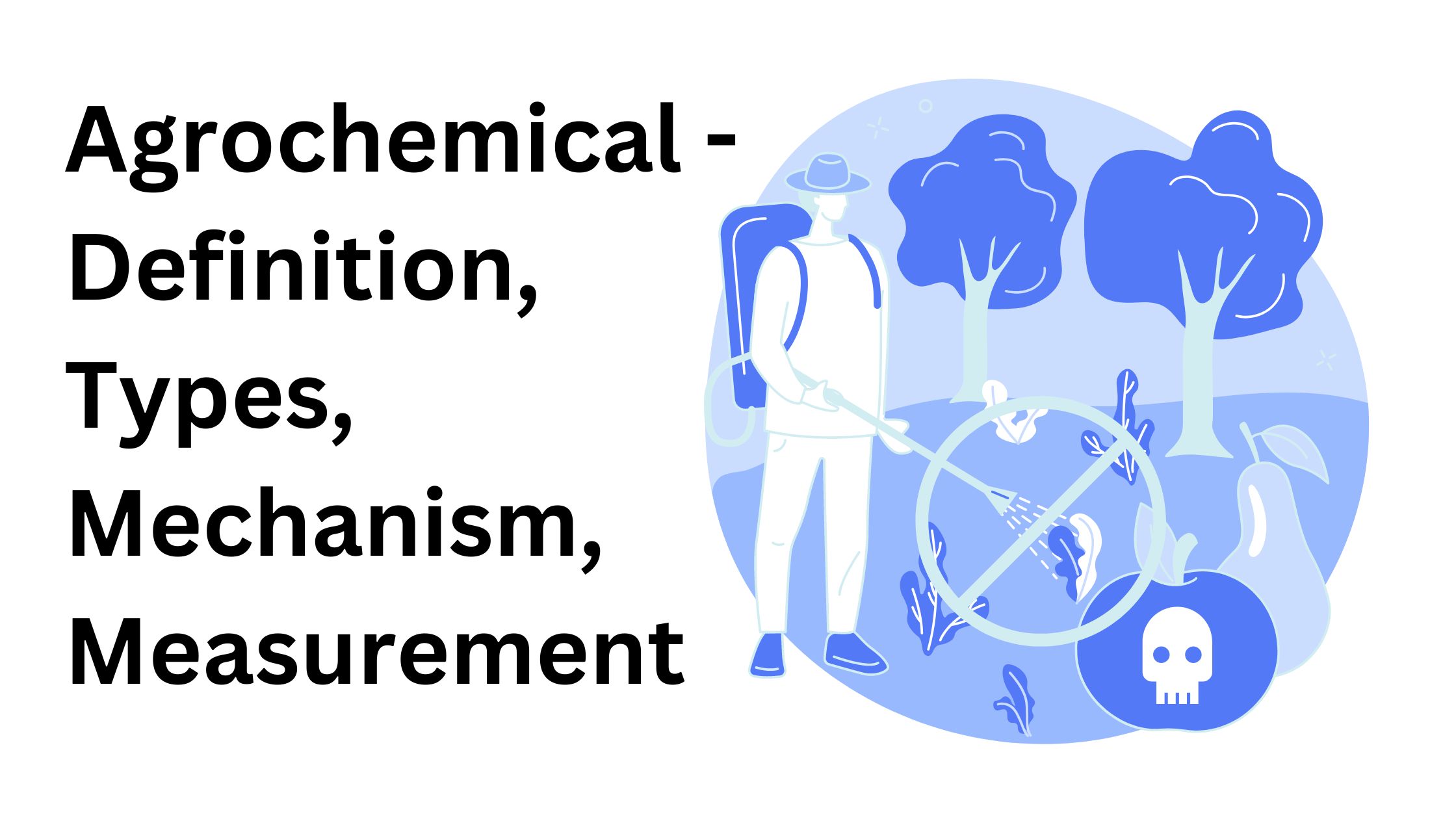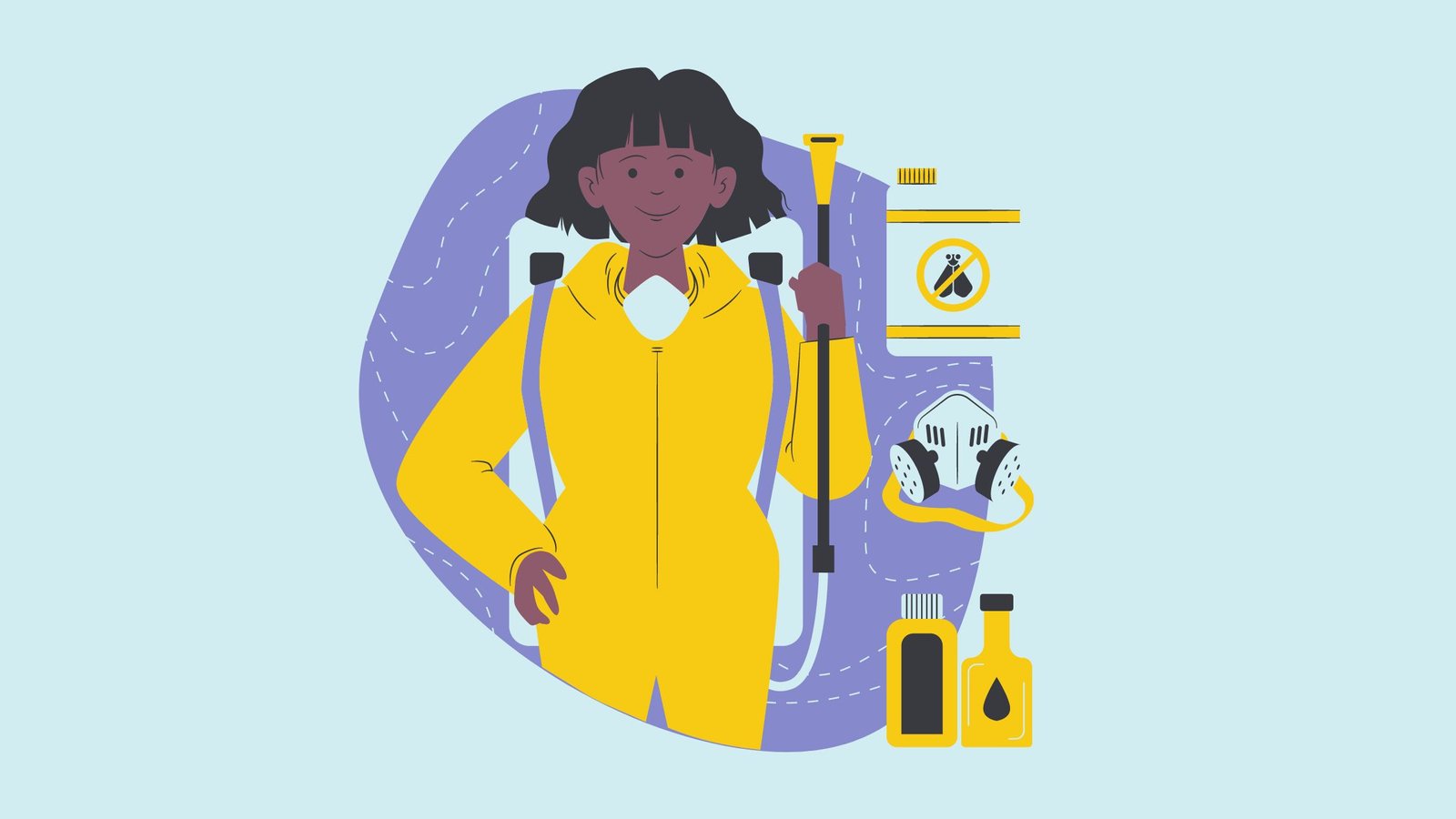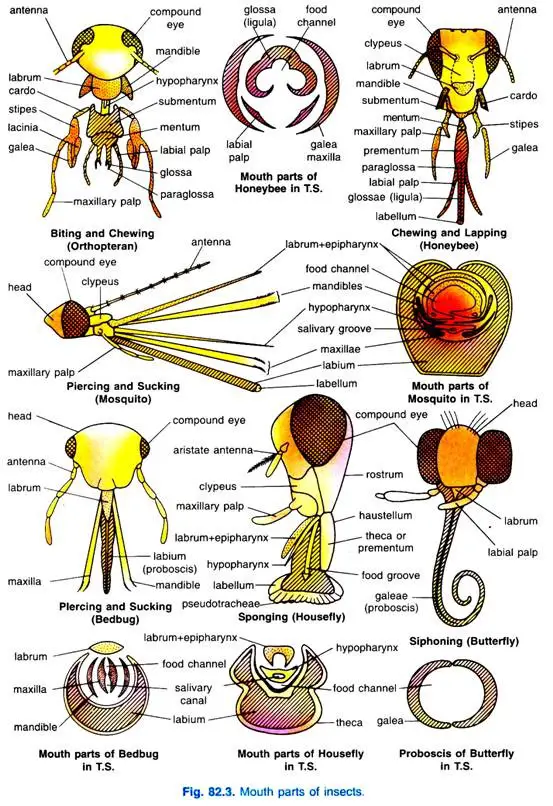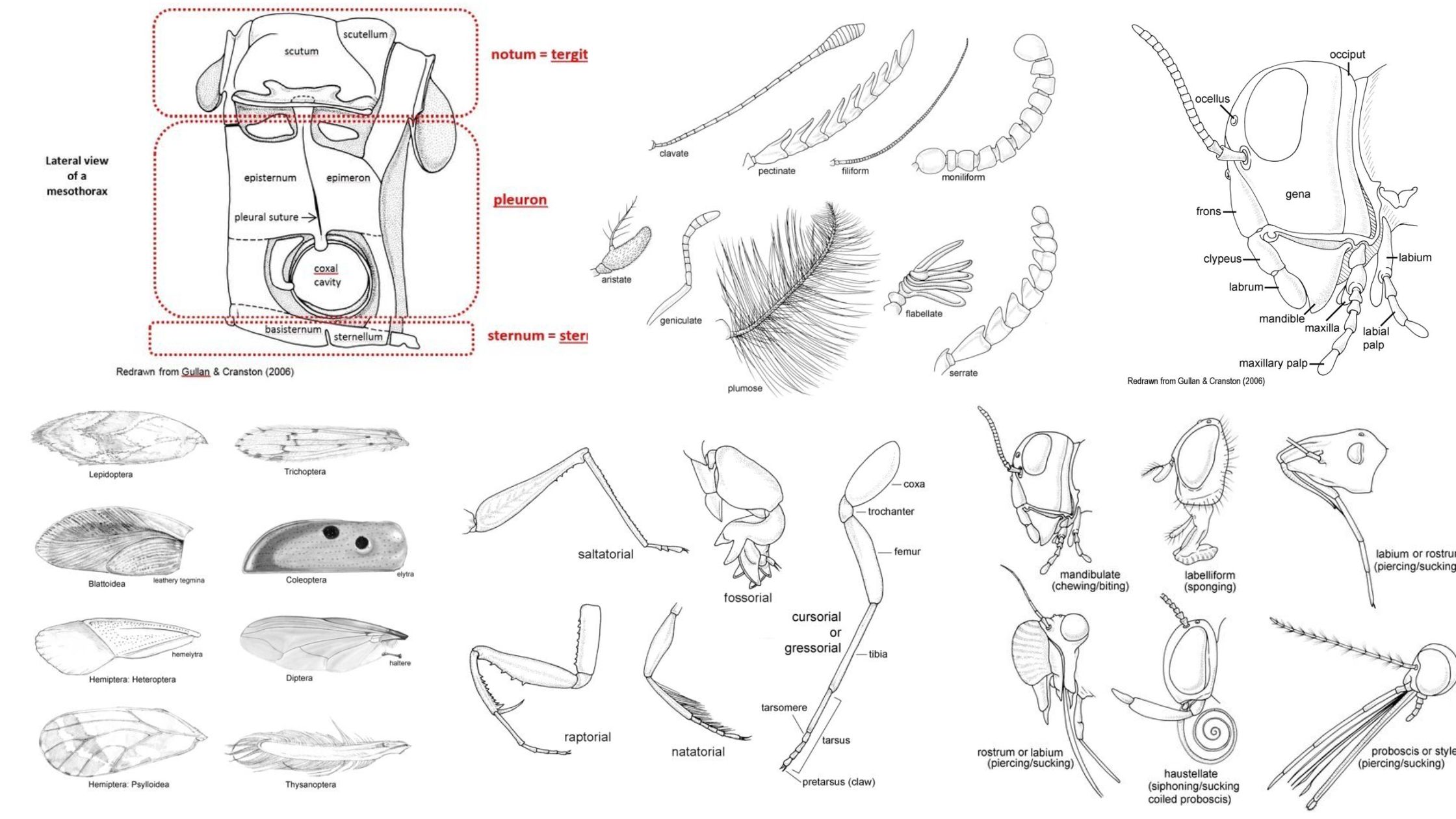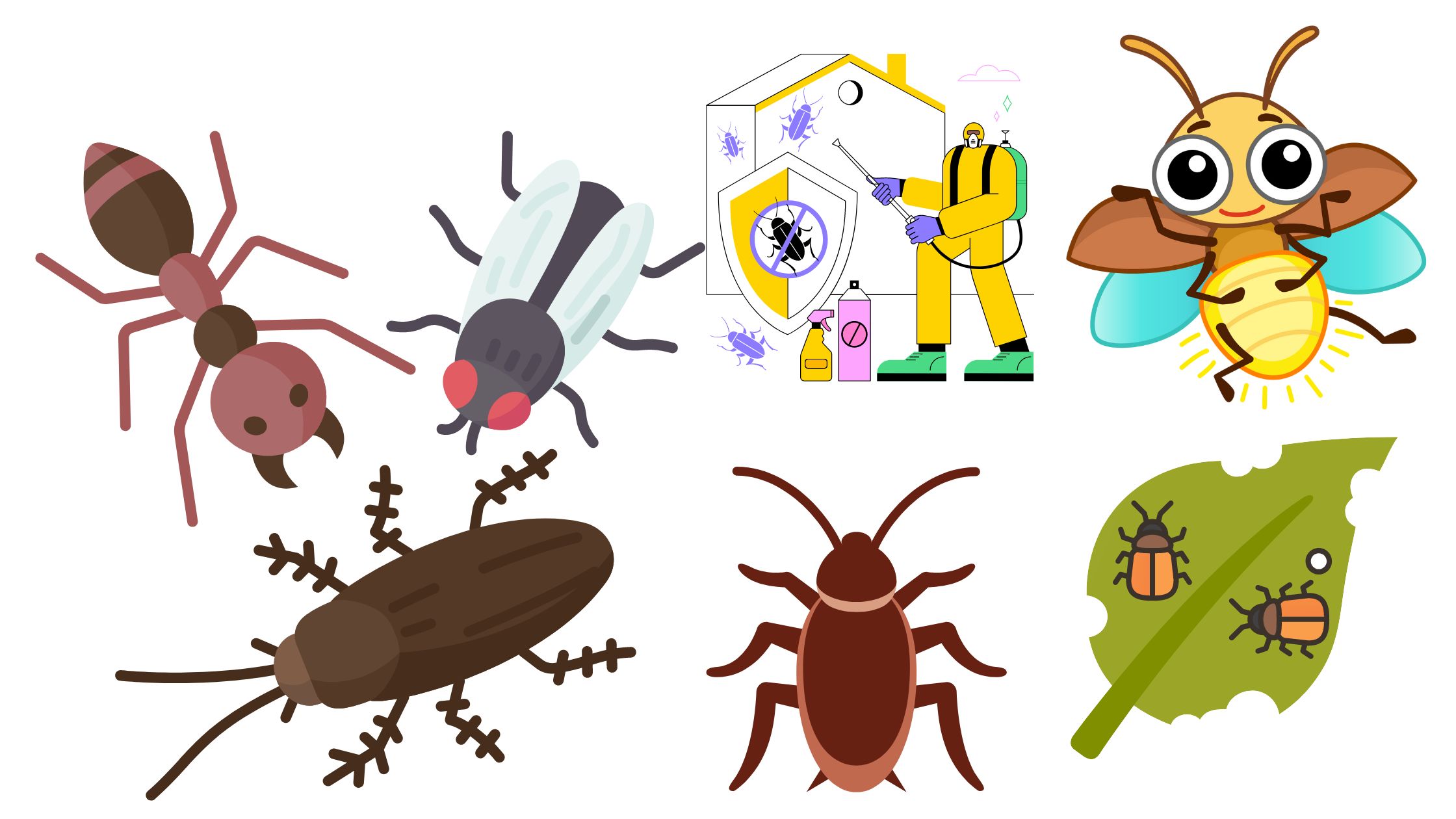Agrochemical – Definition, Types, Mechanism, Measurement
What is Agrochemical? Types of Agrochemicals Agrochemicals play a significant role in modern agriculture and animal husbandry practices. Let’s explore the different types and uses of agrochemicals: While agrochemicals have contributed to increased crop yields and improved agricultural practices, their use can also have negative impacts on the environment and human health. Therefore, it is … Read more
